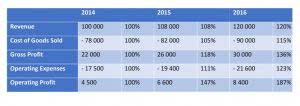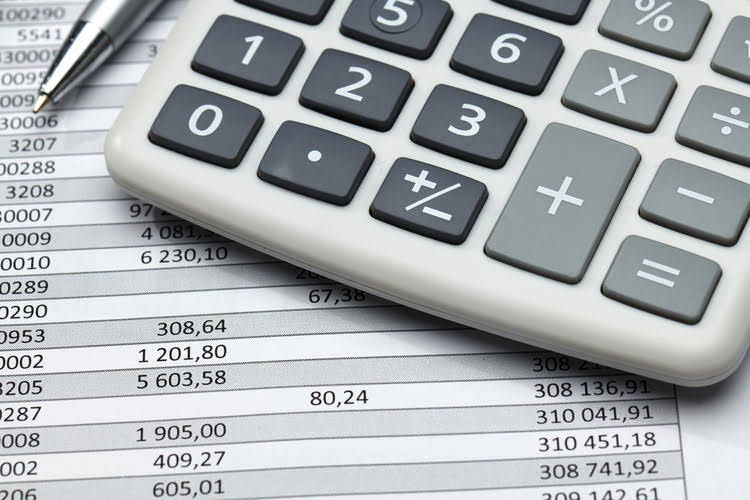
The AT&T example has a relatively high debt level under current liabilities. With smaller companies, other line items like accounts payable (AP) and various future liabilities like payroll, taxes will be higher current debt obligations. Liabilities are categorized as current or non-current depending on their temporality. They can include a future service owed to others (short- or long-term borrowing from banks, individuals, or other entities) or a previous transaction that has created an unsettled obligation.
However, it should disclose this item in a footnote on the financial statements. Deferred tax liability refers to any taxes that need to be paid by your business, but are not due within the next 12 months. If you know that you’ll be paying the tax within 12 months, it should be recorded as a current liability. Notes payable is similar to accounts payable; the difference is the presence of a written promise to pay. A formal loan agreement that has payment terms that extend beyond a year are considered notes payable. Both short-term and long-term liabilities include several types of liabilities which you will need to become familiar with in order to record them properly.
Liabilities Defined
If you are pre-paid for performing work or a service, the work owed may also be construed as a liability. The best accounting software can help you track your https://www.bookstime.com/articles/accounting-consulting business’s assets, expenses and liabilities. The information you track will help you manage your cash flow and evaluate the financial health of your company.
- You should keep in mind that liabilities are financial obligations, not just debt.
- Additionally, accountants use a formula called the accounting equation based on assets, liabilities, and equity.
- Typically, the more time you have to build up your assets, the less weight your liabilities will carry.
- Just as you wouldn’t want to take on a mortgage that you couldn’t easily afford, it’s important to be strategic and selective about the debt you assume as a business owner.
Business liabilities are accrued when you borrow money to pay for anything for your business and must be settled over time. To find out if your books are balanced, add your liabilities and your equity. The flip side of liabilities is assets — resources the company uses to generate income. Assets include inventory, liabilities in accounting machinery, savings account balances, and intellectual property. For example, buying new equipment may mean taking out a loan to finance the purchase. Some companies may group certain liabilities under “other current/non-current liabilities” because they may not be common enough to warrant an entire line item.
What Is a Contingent Liability?
The most common liabilities are usually the largest like accounts payable and bonds payable. Most companies will have these two line items on their balance sheet, as they are part of ongoing current and long-term operations. Liabilities are the financial obligations owed by a business to other persons, businesses, and governments. Long-term liabilities are obligations that are due in a year or longer, while short-term liabilities come due within a year.
